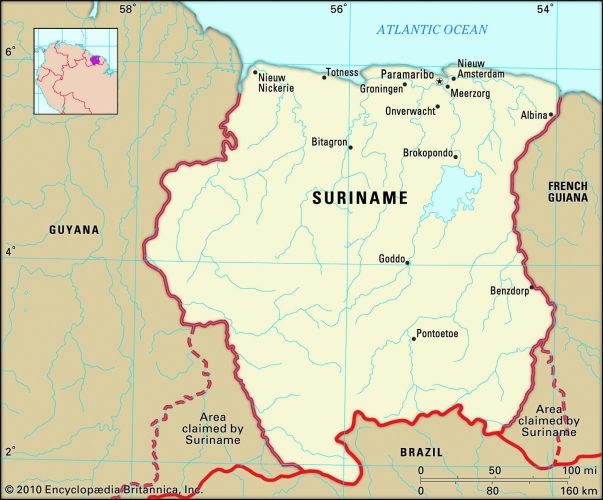Approaching the end of a year when Guyana’s long-confirmed significant oil resources and clear indications that neighbouring Suriname are knocking assertively on the global petro club door, the IMF is forecasting that despite these bright sparks created by the petro pursuits of Guyana and Suriname the region, as a whole, enjoyed favourable economic growth. Suriname’s significant oil find earlier this year, allowed the country to join Guyana as another potentially globally significant ‘kid’ on the oil and gas ‘block’ which is still being celebrated in the region as one of the few pieces of ‘good news’ on the economic front from the Caribbean.

The table setting out the Fund’s predictions regarding economic growth in the hemisphere this year places Barbados 11th best among 35 countries in Latin America and the Caribbean. The Fund, reportedly, is also forecasting that the country’s growth will be reduced to three per cent in 2025. Guyana, not unexpectedly, leads a group of ten Latin America and Caribbean countries with a projected growth rate of 43.8 per cent. Other countries mentioned in the growth rate lineup include Antigua and Barbuda (5.8 per cent), Aruba (5.5 per cent), Belize (5.4 per cent), Dominican Republic (5.1 per cent) Dominica (4.6 per cent), St Vincent and the Grenadines (4.5 per cent), St Kitts and Nevis (4.4 per cent), Nicaragua (4 per cent), and Costa Rica (4 per cent). That apart, the Fund projects that 2025 will, on the whole, be a year of economic slowdown in the hemisphere.
 Coinciding with the release of the recent information on economic performances of countries in the region, the IMF’s Chief Economist Pierre-Olivier Gourinchas has gone on record as saying that global economic growth “is projected to hold steady at 3.2 per cent in 2024 and 2025,” though he adds that “some low-
Coinciding with the release of the recent information on economic performances of countries in the region, the IMF’s Chief Economist Pierre-Olivier Gourinchas has gone on record as saying that global economic growth “is projected to hold steady at 3.2 per cent in 2024 and 2025,” though he adds that “some low- income and developing economies have seen sizable downside growth revisions, often tied to intensifying conflicts”.
income and developing economies have seen sizable downside growth revisions, often tied to intensifying conflicts”.

